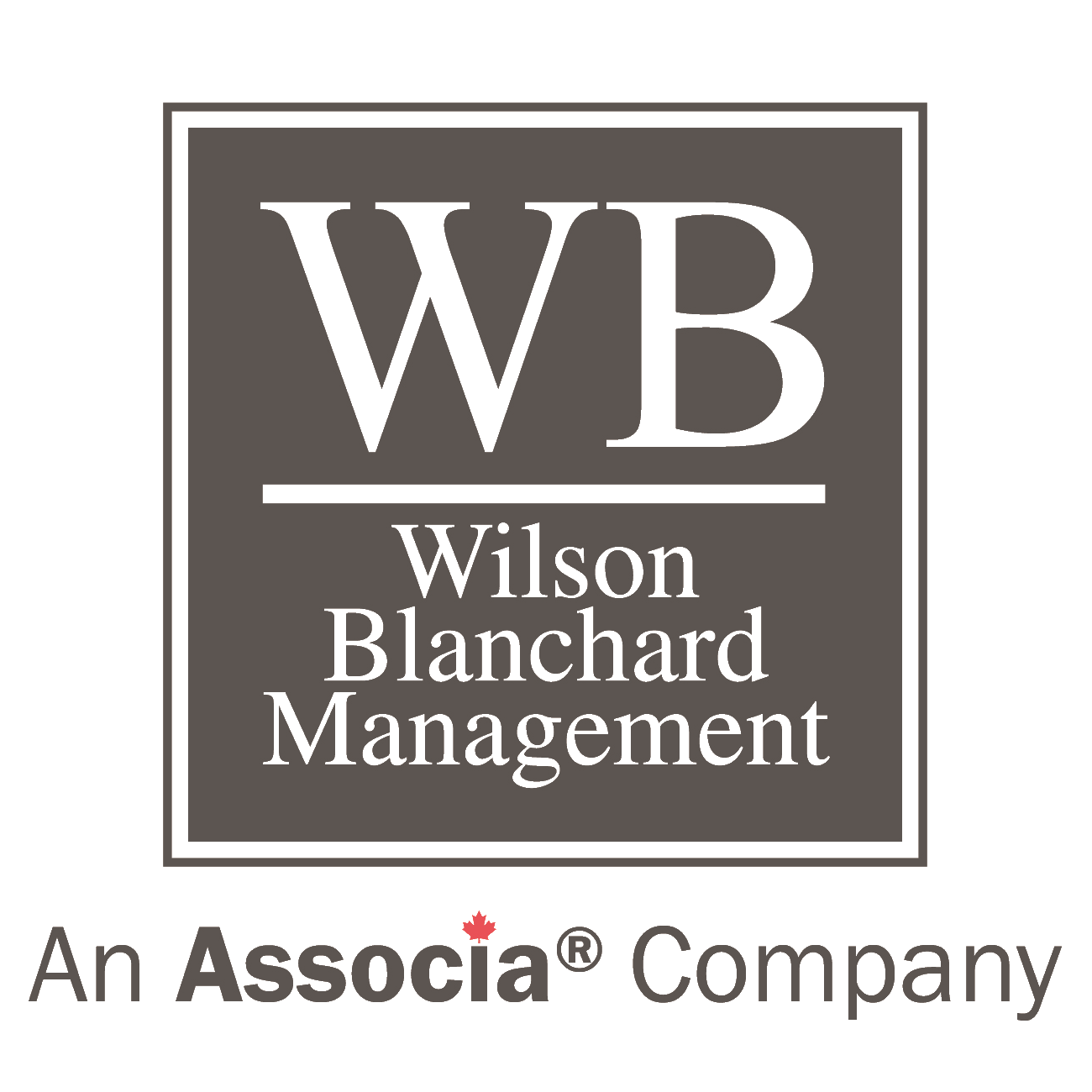Condo Board Tips for Delivering Bad News
(Original article posted on the WB Digital Newsletter Stream)
One of the major responsibilities of a board of directors is to enact rules, regulations, and policies that maintain or enhance the safety, health, and well-being of a condominium community. Additionally, a board must also enforce the rules and regulations. Sending a homeowner a notice of non-compliance can often be unpleasant and stressful. Because bad news can disappoint, irritate, or even anger the recipient, such communication needs to be delivered with sensitivity, care, and thoughtfulness. Read on to learn how to best deliver bad news without the bad feelings.
Lean on the guidance of your governing documents.
Every corporation’s governing documents include the rule s and regulations created by the community. When a member of the community breaks one of the rules, they may receive a violation notice.
Exactly how your corporation sends violations may vary depending on your governing documents and any applicable city or provincial laws. Make sure to follow these guidelines before sending a notice.
Think about the big picture.
When delivering a piece of bad news, such as a violation notice, think objectively. You want the best outcome for the board, the corporation, and the member who receives the notice. When thinking about the big picture, ultimately, you want to:
- Ensure the homeowner understands and accepts the news.
- Promote and maintain a good image for the condo community and its management company.
- Communicate clearly to avoid confusion and misinterpretation.
- Avoid creating legal liability.
Find the right approach.
If your board does its part to prevent violations in the first place, the net effect will be less-stressed board members, happier residents, and all-around more beautiful communities. To prevent a violation from occurring, address issues directly. Identify current behaviours and consequences of said behaviour if it continues. Be authentic and make sure to have a compelling reason as to why it’s important to the community.
When delivering a notice of violation or non-compliance, a soft approach is more effective. Structure your approach with:
- An opening.
Start with a neutral or positive opening that includes sincerity, facts, and an understanding of the situation.
- The reasoning.
Provide an explanation about the cause of the bad news before disclosing it. Be cautious and cite the benefits associated with the reasoning. Communicate transparently and don’t use complicated jargon that makes it seem like you’re hiding behind community policy. Choose positive words and show that the matter was treated seriously and fairly.
- The news.
Deliver the information in a clear but understated manner. Attempt to incorporate the bad news in an effective, pragmatic way. Use helpful verbiage to the best of your ability. Think of terms such as “understand,” “please,” “confident,” and “welcome.”
- A closing.
The final message should be a personalized, pleasant statement that anticipates a continued positive relationship and doesn’t make promises that can’t be kept.
Remember what not to do.
Delivering bad news is already painful enough, so it’s best to avoid language that can turn into a legal matter. Communicate only what the association intends to state. Even though tension may run high, refrain from using:
- Abusive language. Don’t name call or make false statements.
- Careless language. Don’t make statements that are potentially damaging or could be misinterpreted.
- Loaded explanations. Don’t explain so much that you’re conveying more information than intended.
- Overly friendly language. Don’t overextend the niceties. While you want to be sincere, being overly friendly may be misleading.
A Condo Corporation’s Effectiveness Depends on Enforcement
One of your fiduciary duties as a board member is to protect property values by ensuring that everyone in the community complies with the covenants they agreed to when buying a home in your community. Read our ebook, “The Quick Kit for Community Covenant Enforcement,” for tools to help your board enforce covenants effectively and fairly.
